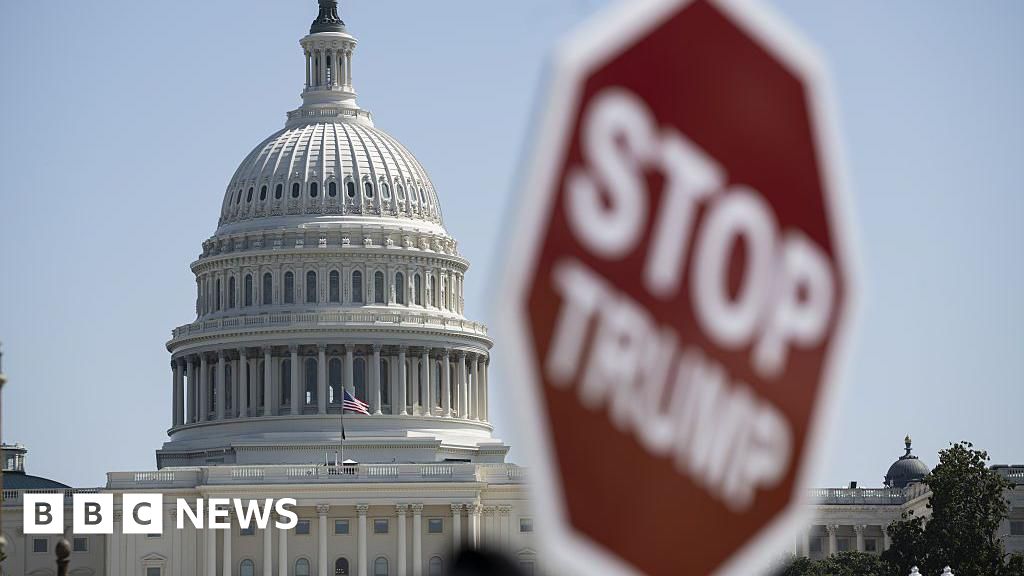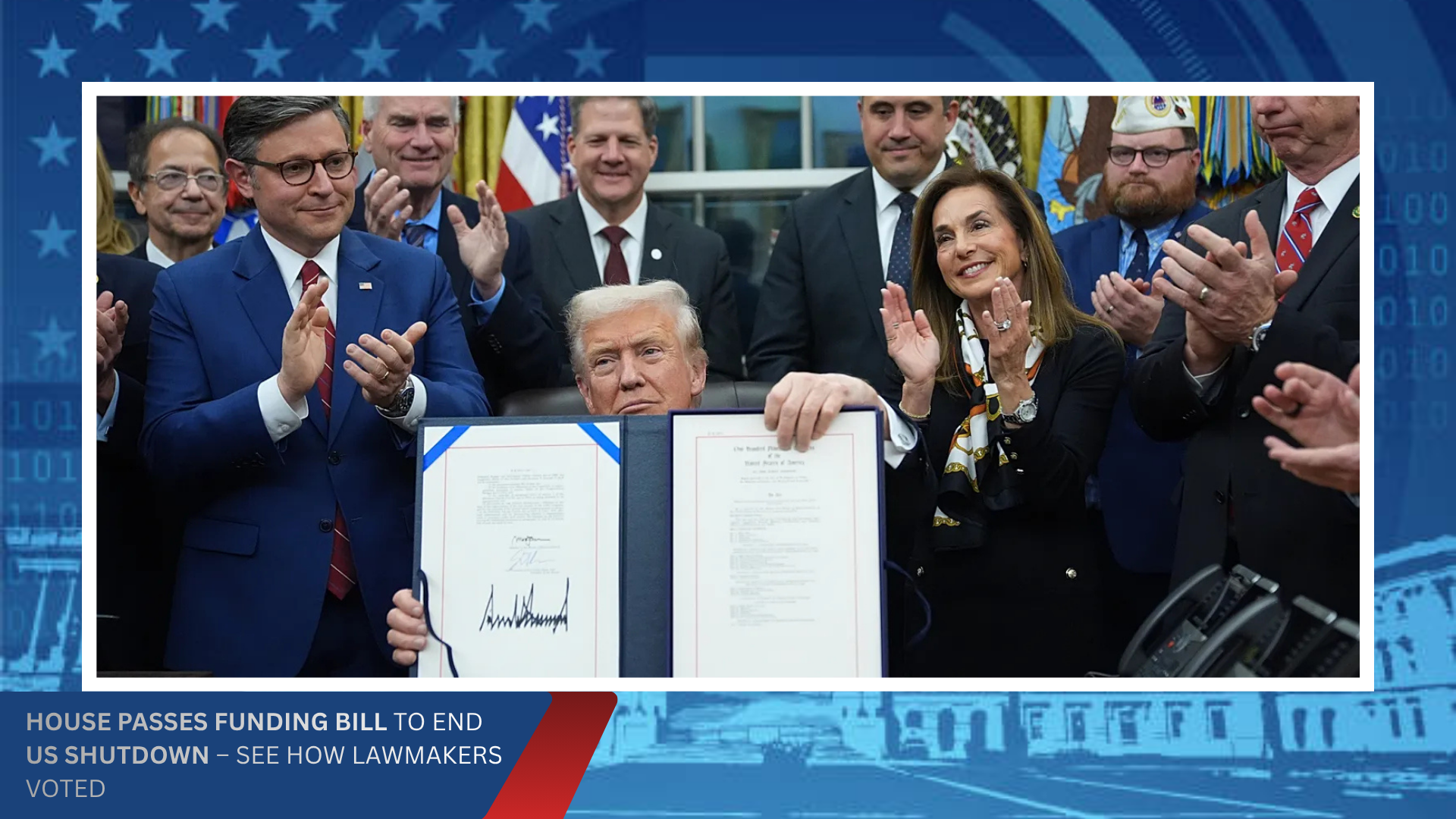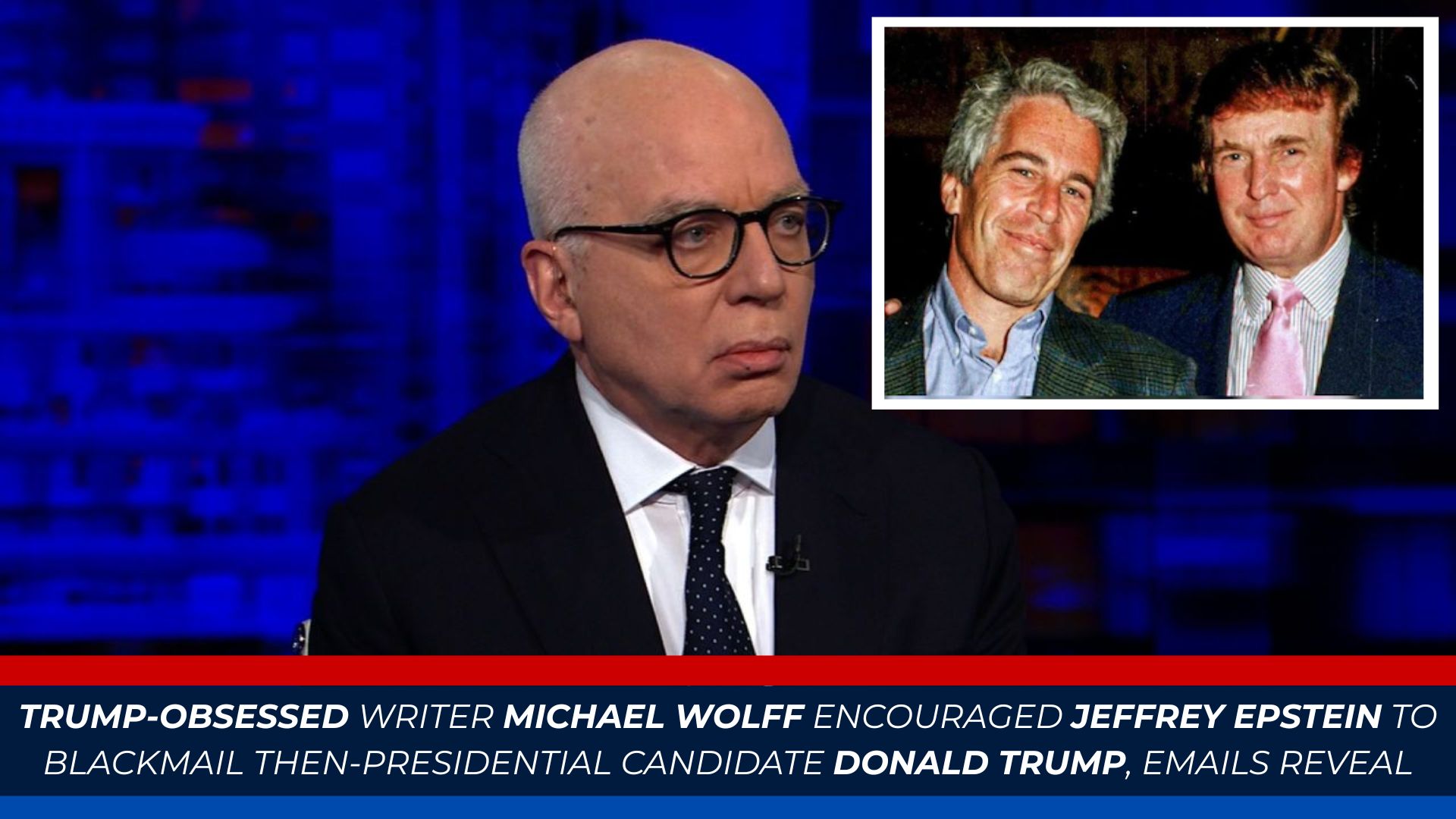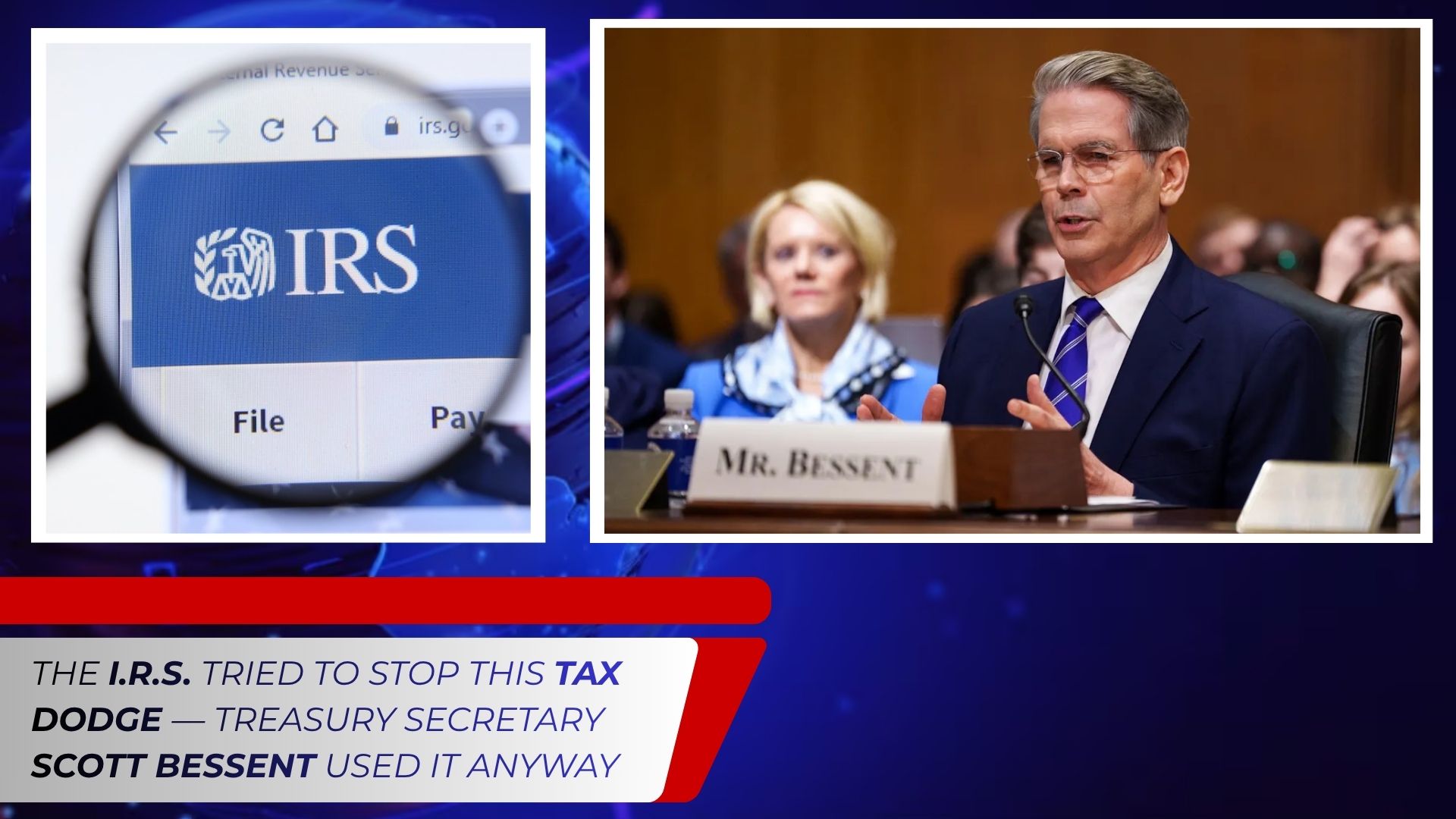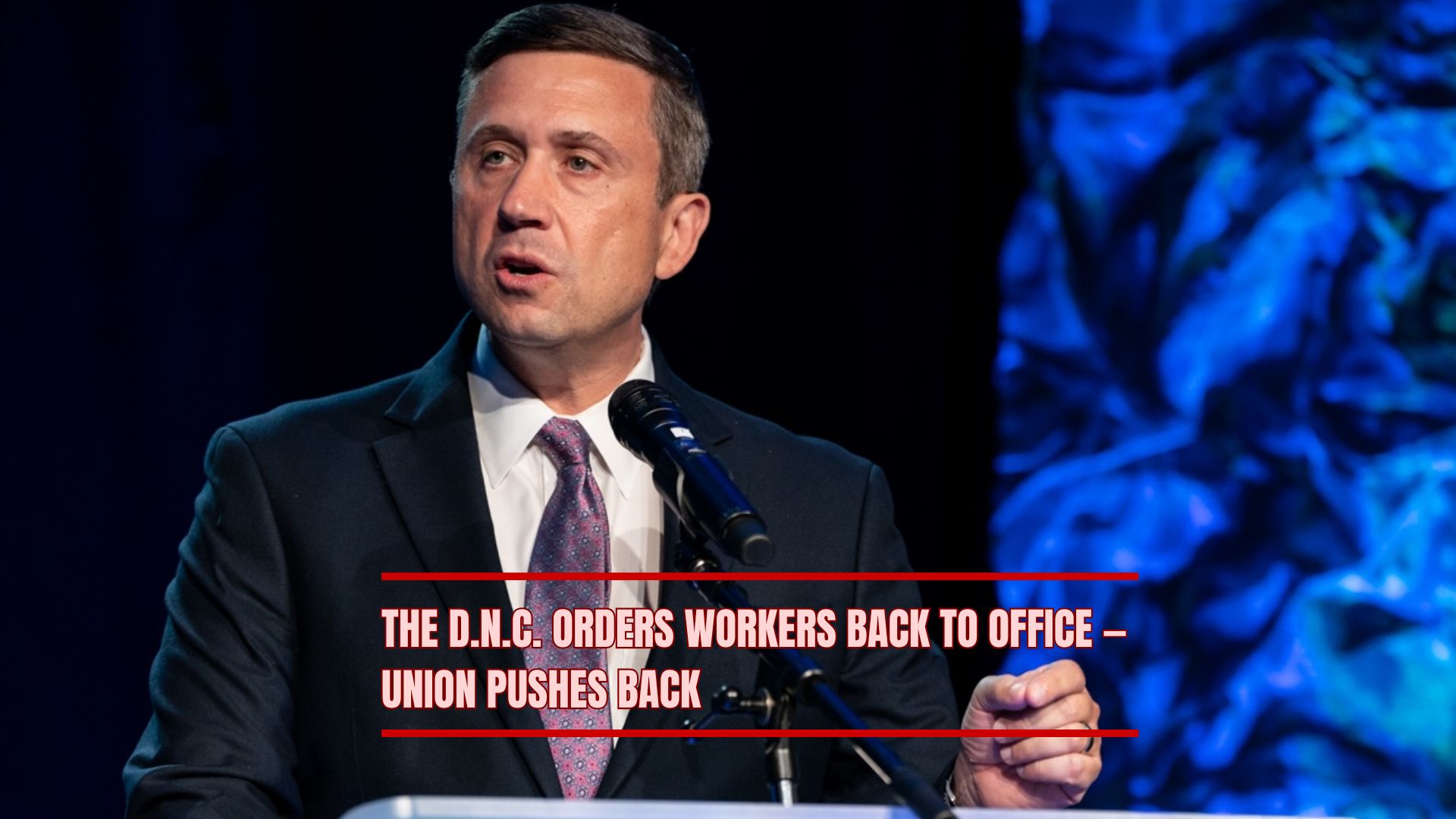The United States government is now entering its third week of shutdown, and Washington remains at a political impasse. Despite mounting public frustration, Republican and Democratic lawmakers have failed to agree on a new budget, leaving millions of Americans facing uncertainty about paychecks, public services, and the nation’s economic stability.
At its core, this shutdown is about more than just funding — it’s about the size and role of the federal government itself. President Donald Trump, who began downsizing government operations as soon as he returned to office, has made clear that he intends to use this budget standoff to push for further permanent cuts. The result: a stalemate with real consequences for everyday Americans.
Why Did the US Government Shut Down?
Under the US Constitution, Congress must pass a spending bill to fund government operations. When lawmakers cannot agree, funding stops — leading to what’s called a “government shutdown.”
This year, the deadline to pass a budget was 1 October, the start of the new fiscal year. But Congress failed to reach a deal before that date, triggering the first shutdown in nearly seven years.
Although the Republican Party controls both chambers of Congress, the Senate requires 60 votes to pass a spending bill — meaning a handful of Democratic votes are needed. Democrats have used that leverage to demand protections and funding for healthcare programs, including:
- Extending tax credits that lower health insurance costs for millions of Americans
- Reversing cuts to Medicaid, which supports the elderly, disabled, and low-income families
- Preventing further reductions to public health agencies
Republicans, meanwhile, argue that healthcare subsidies should be debated separately, not tied to a broader spending bill. They’re calling for what they describe as a “clean resolution” — one that funds government operations without unrelated policy riders.
So far, 11 attempts to reopen the government have failed in the Senate. Neither side appears ready to compromise, leaving federal workers caught in the middle.
What Makes This Shutdown Different?
Government shutdowns are not new to US politics — but this one is particularly contentious and potentially long-lasting.
President Trump has signaled a willingness to let the shutdown continue indefinitely, seeing it as an opportunity to reshape government spending priorities. His administration has even floated the idea of permanently firing “non-essential” federal workers, breaking from the long-standing practice of restoring pay and operations after a shutdown ends.
So far, about 1.4 million federal employees are either furloughed or working without pay. While a federal judge has temporarily blocked large-scale layoffs, the White House is appealing that decision.
This shutdown also coincides with a period of economic uncertainty, making its effects more far-reaching than in past episodes.
Which Services Have Stopped — and Which Continue?
Not all government operations stop during a shutdown. Services deemed “essential” continue, but workers often do so without pay.
Still operating:
- Border protection and law enforcement agencies
- Immigration and Customs Enforcement (ICE)
- Hospital-based medical care
- US Postal Service (since it’s independently funded)
Paused or reduced:
- Research programs at the National Institutes of Health
- Federal contractors and non-essential staff
- Federally funded preschools
- Smithsonian museums and major national parks
For example, Alcatraz Island and the Washington Monument are closed, while others operate with reduced services. During the 2018-2019 shutdown, similar closures led to vandalism and property damage — a situation the government hopes to avoid this time.
Meanwhile, air travel has been disrupted due to air traffic controller shortages, as many continue to work unpaid.
The Supplemental Nutrition Assistance Program (SNAP) — which provides food aid to over 41 million Americans — is set to run out of funding by 1 November if the shutdown persists.
Social Security and Medicare checks are still going out, but administrative processes such as benefit verification are delayed. And while most schools remain open (being state-funded), federal education grants and student loans could be disrupted if the shutdown stretches into the next semester.
Ironically, members of Congress continue to receive their salaries — a fact that has drawn widespread criticism.
The White House’s Position
Traditionally, government shutdowns have been viewed as politically risky. Presidents usually seek quick resolutions to avoid voter backlash. However, this administration appears more comfortable with prolonged disruption.
President Trump has openly stated his intention to reduce the federal workforce through the shutdown, saying on 30 September:
“We’ll be laying off a lot of people.”
He has also hinted that furloughed workers may not receive back pay — a break from the norm in past shutdowns.
When asked if unpaid workers would eventually be compensated, Trump replied that it “depends on who we’re talking about,” suggesting that some might not “deserve to be taken care of.”
This stance has been condemned by lawmakers on both sides, including House Democratic Leader Hakeem Jeffries, who emphasized:
“The law is clear — every single furloughed federal employee is entitled to back pay, period.”
How Is the Shutdown Affecting the Economy?
Historically, shutdowns cause short-term economic slowdowns but leave limited lasting damage. However, this one could have deeper consequences because of its scale and timing.
Analysts estimate that each week of the shutdown costs the US economy about $15 billion, trimming 0.1–0.2 percentage points off GDP growth. Roughly $800 million in new federal contracts are stalled daily, leaving small businesses — especially contractors who don’t receive back pay — in financial limbo.
If the shutdown extends into November and December, the critical holiday shopping season, consumer spending could dip, compounding the impact.
Moreover, the suspension of key economic data releases (like the monthly jobs report) has left policymakers and investors navigating without vital information — a risky position for markets and government decision-makers alike.
What Happens Next?
The government can only reopen once Congress passes a funding bill that both chambers approve and President Trump signs. But with each side entrenched, there’s no clear end in sight.
In the past, shutdowns have ended when public pressure grew unbearable — especially as unpaid workers, travelers, and families felt the squeeze. In 2019, for example, mass sick calls from air traffic controllers forced a resolution after just over a month.
But this time, both parties appear more willing to dig in for the long haul. Until then, Americans must brace for more disruption, delayed paychecks, and economic uncertainty.
%20(4).png)



